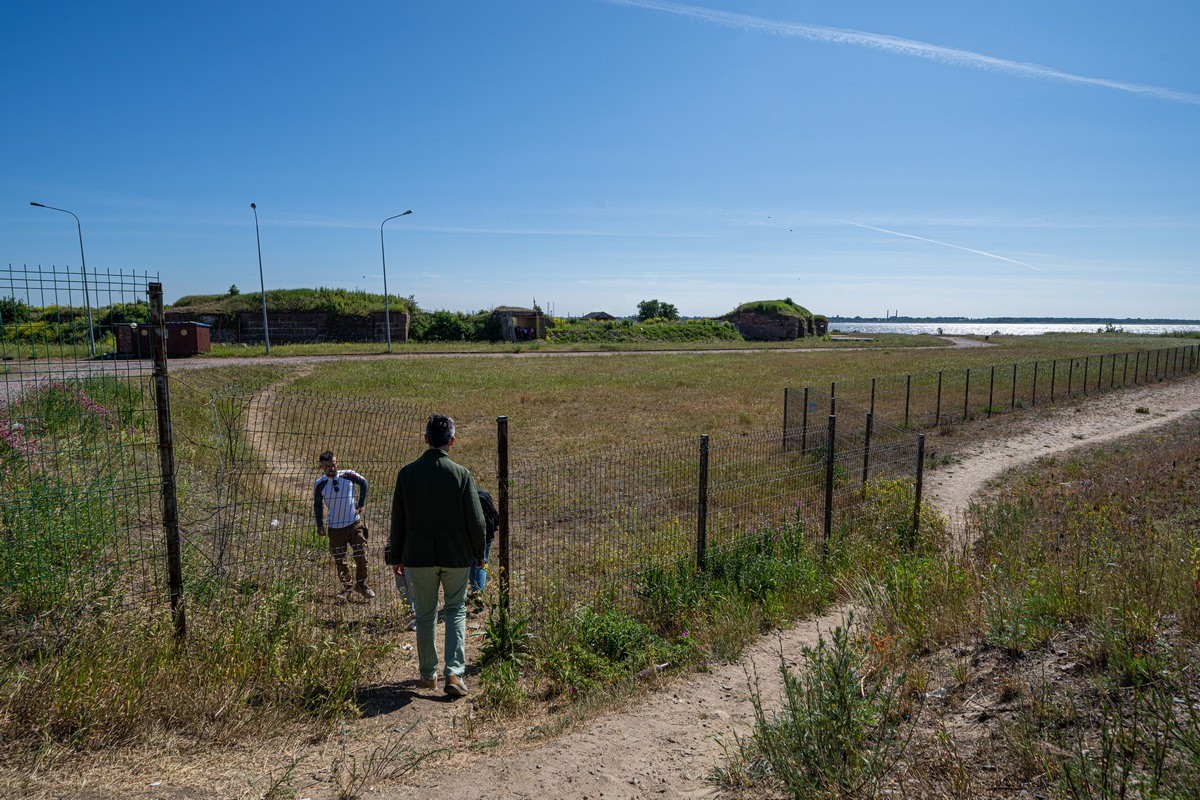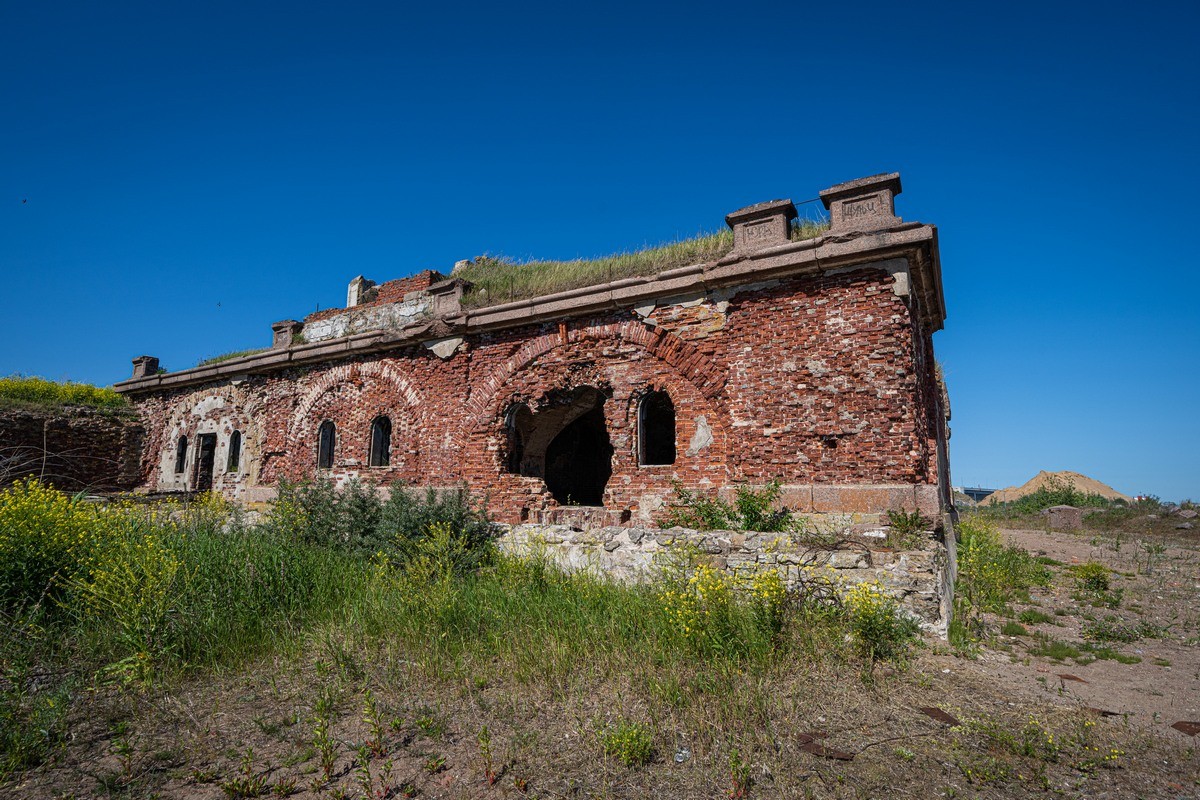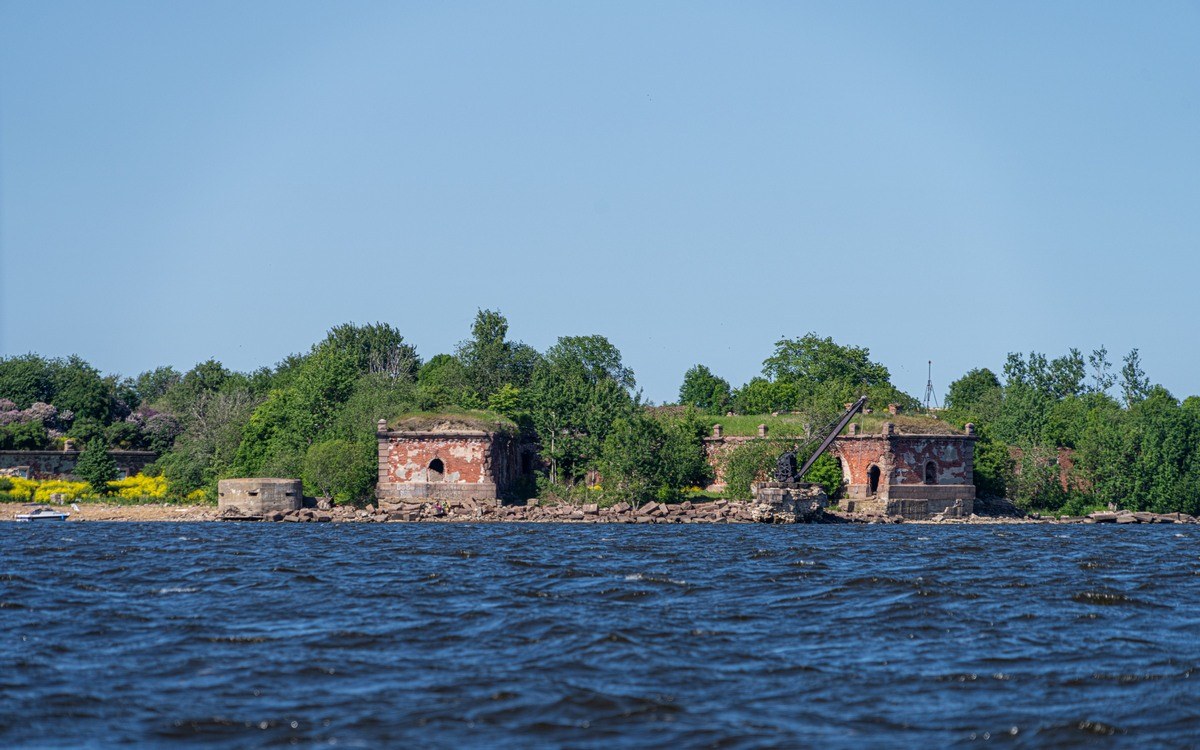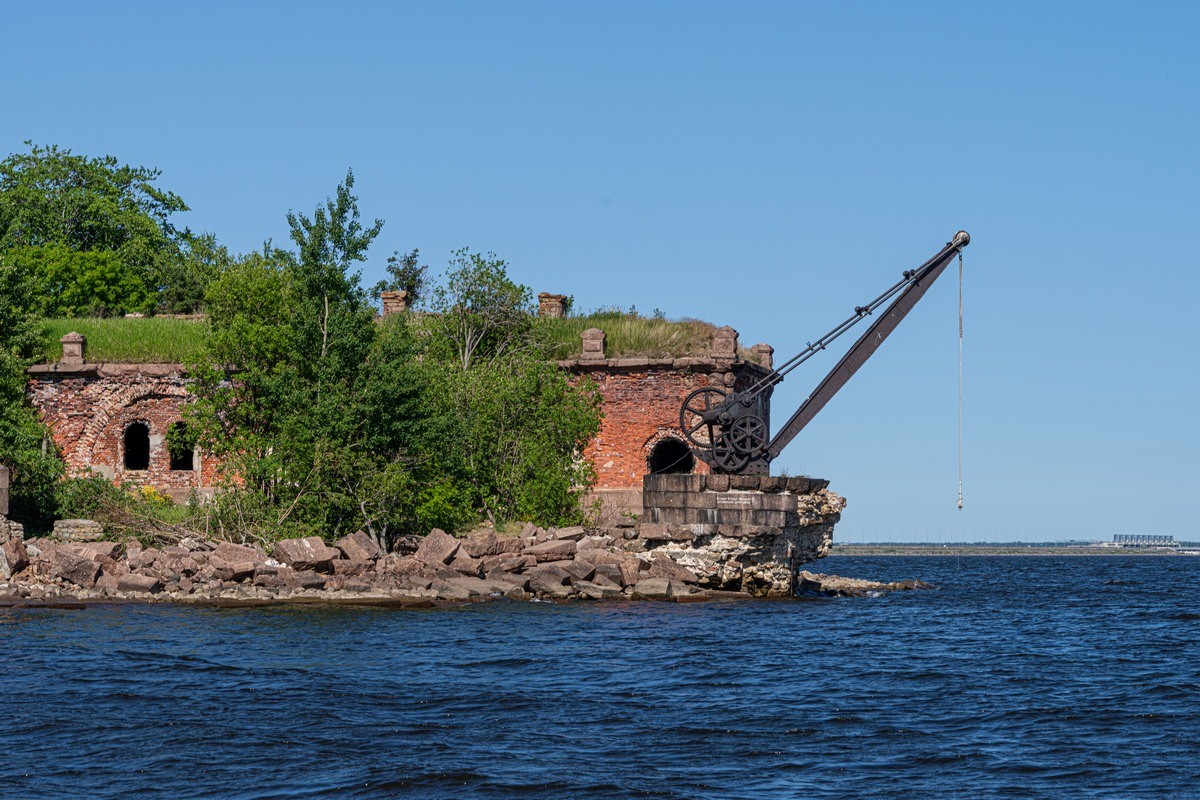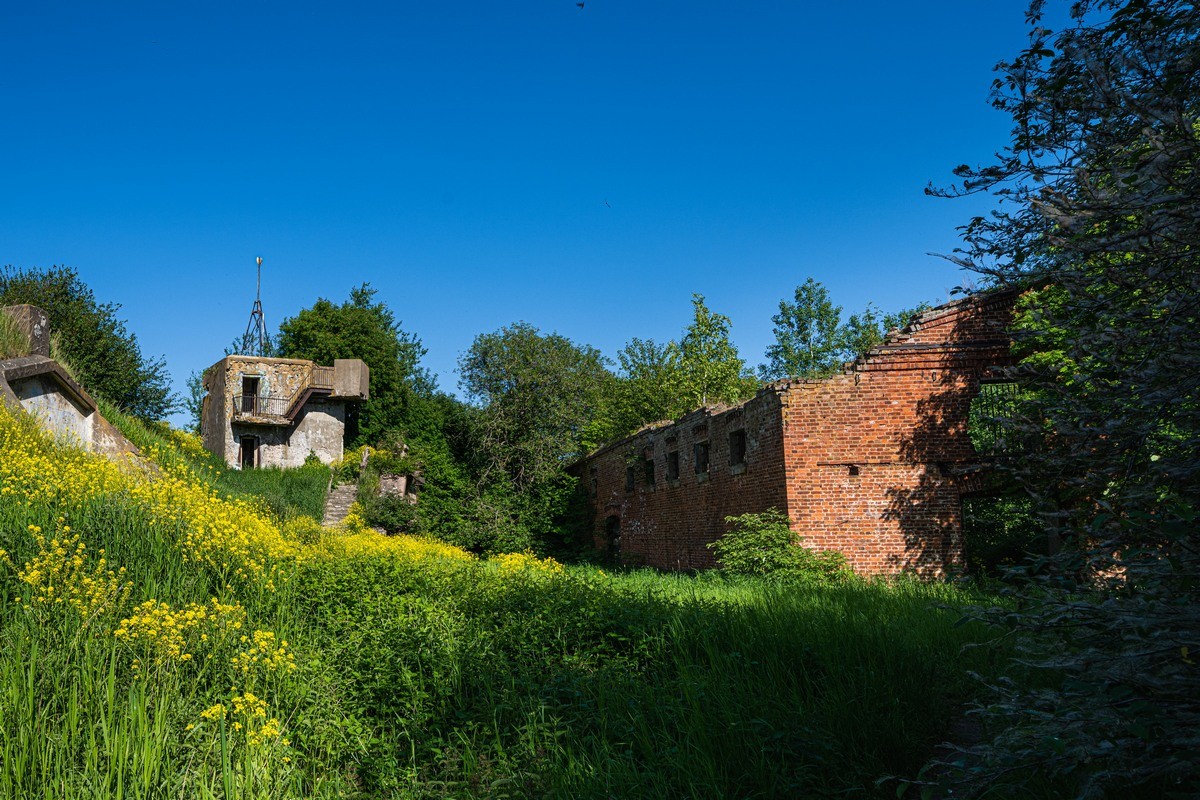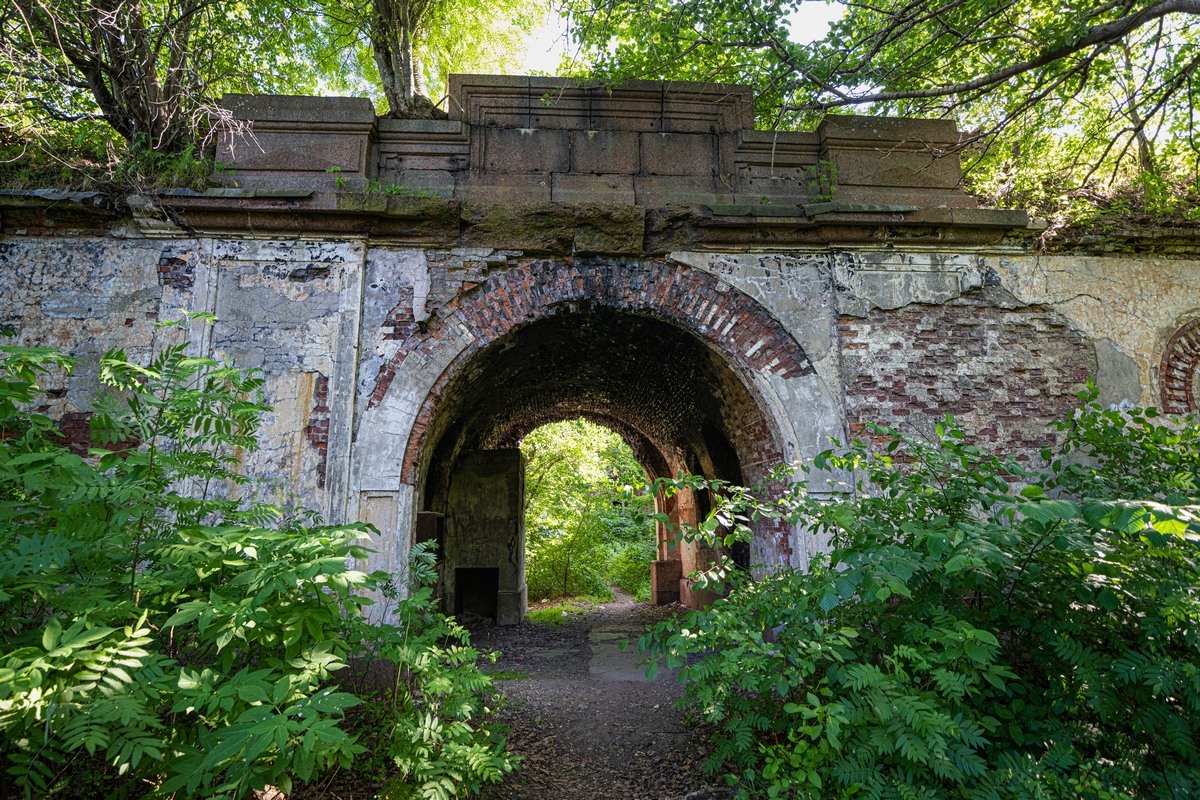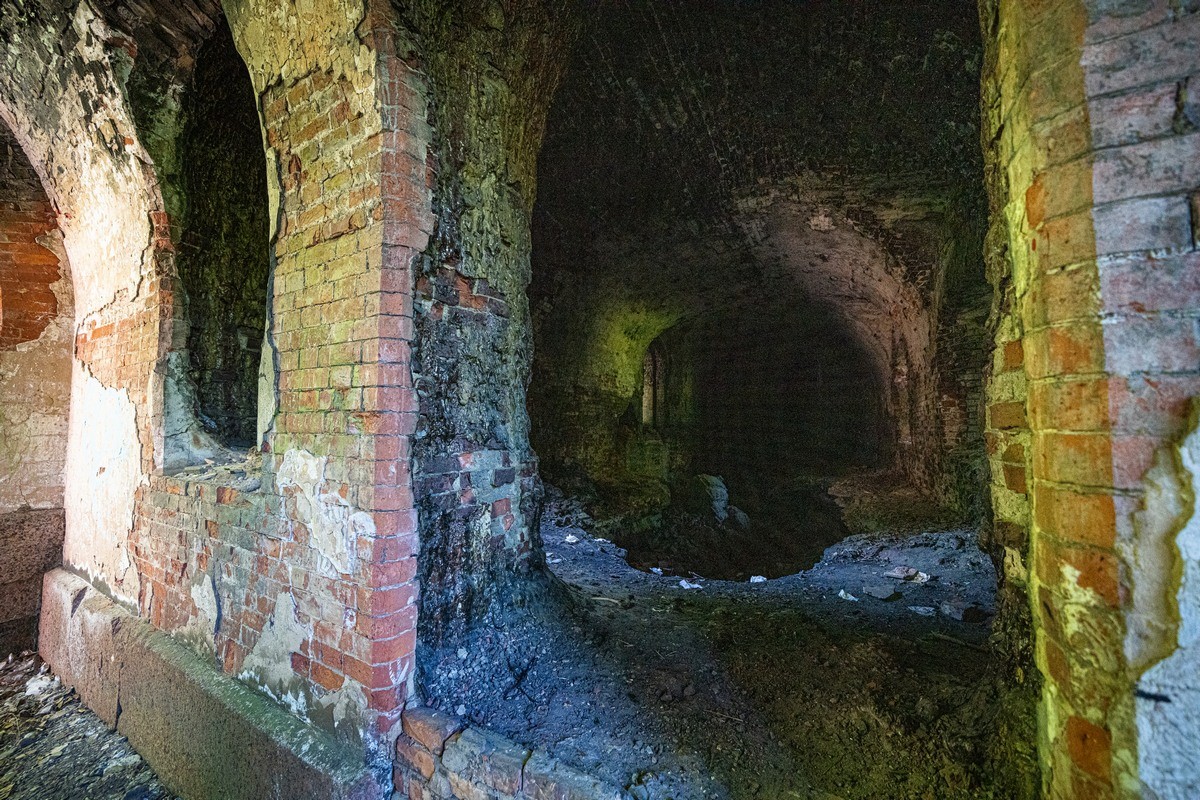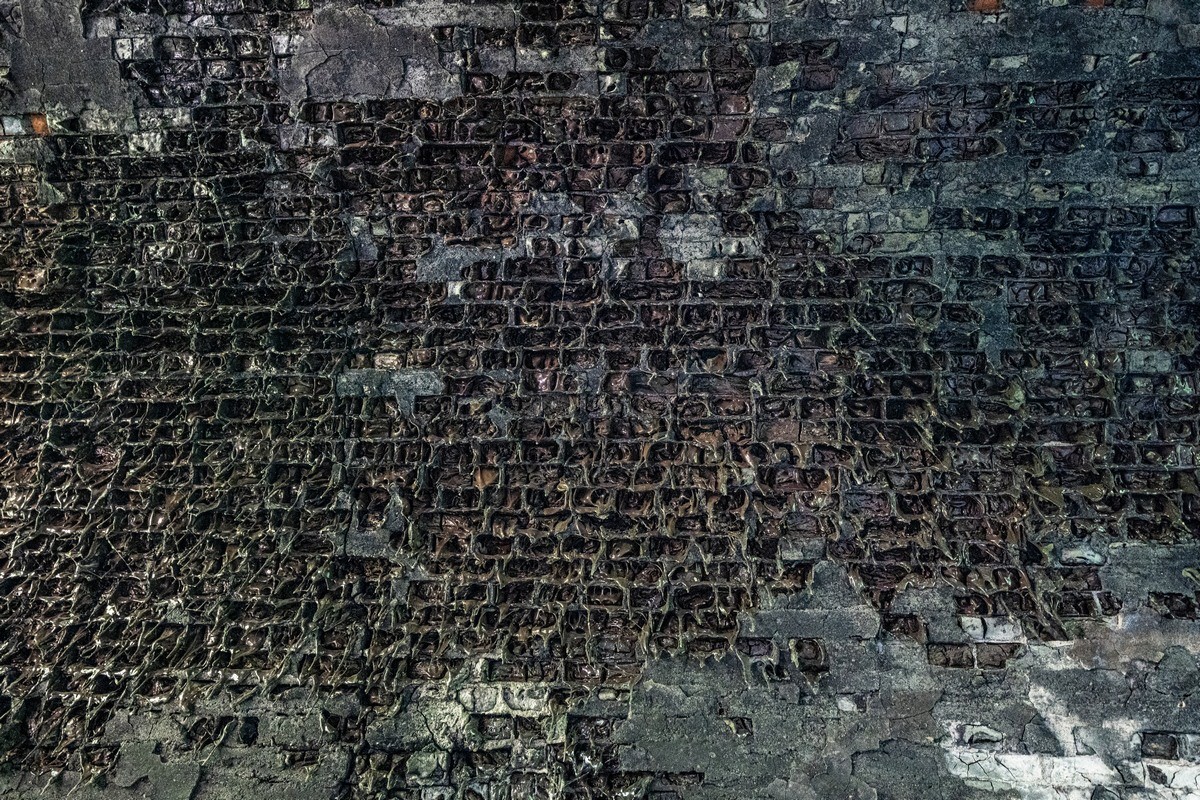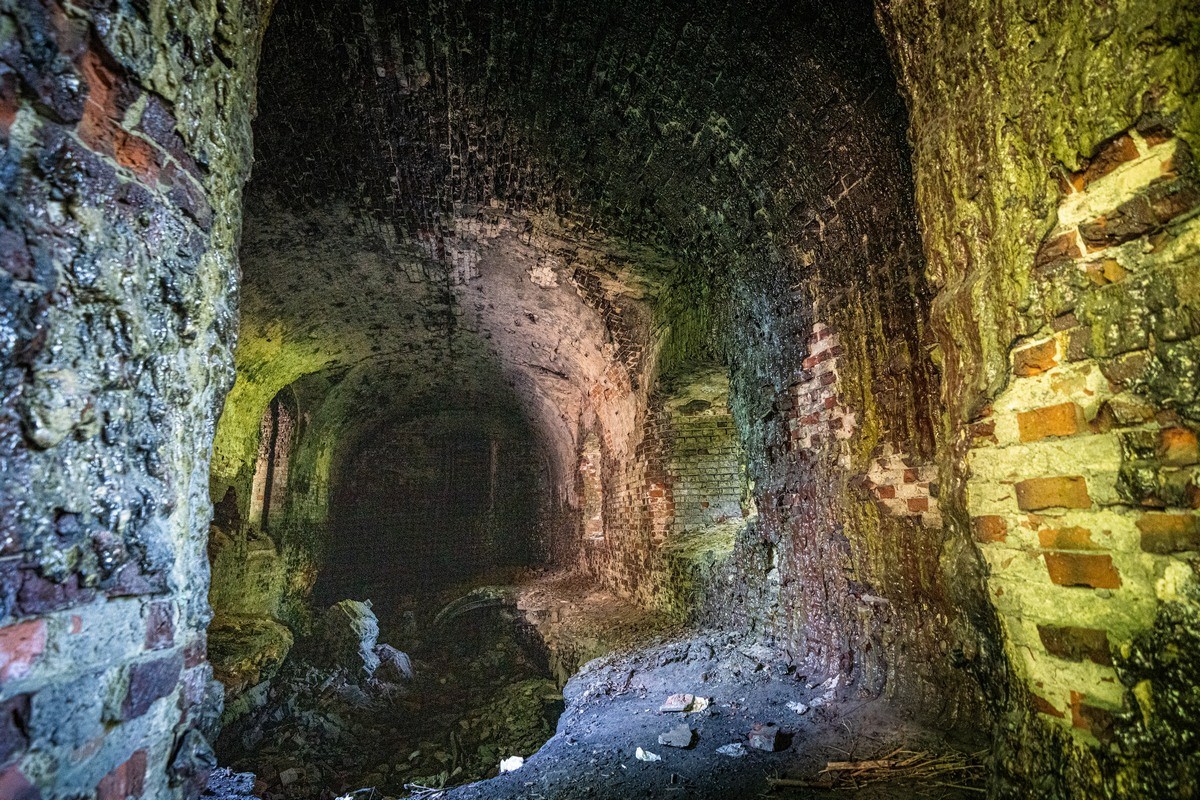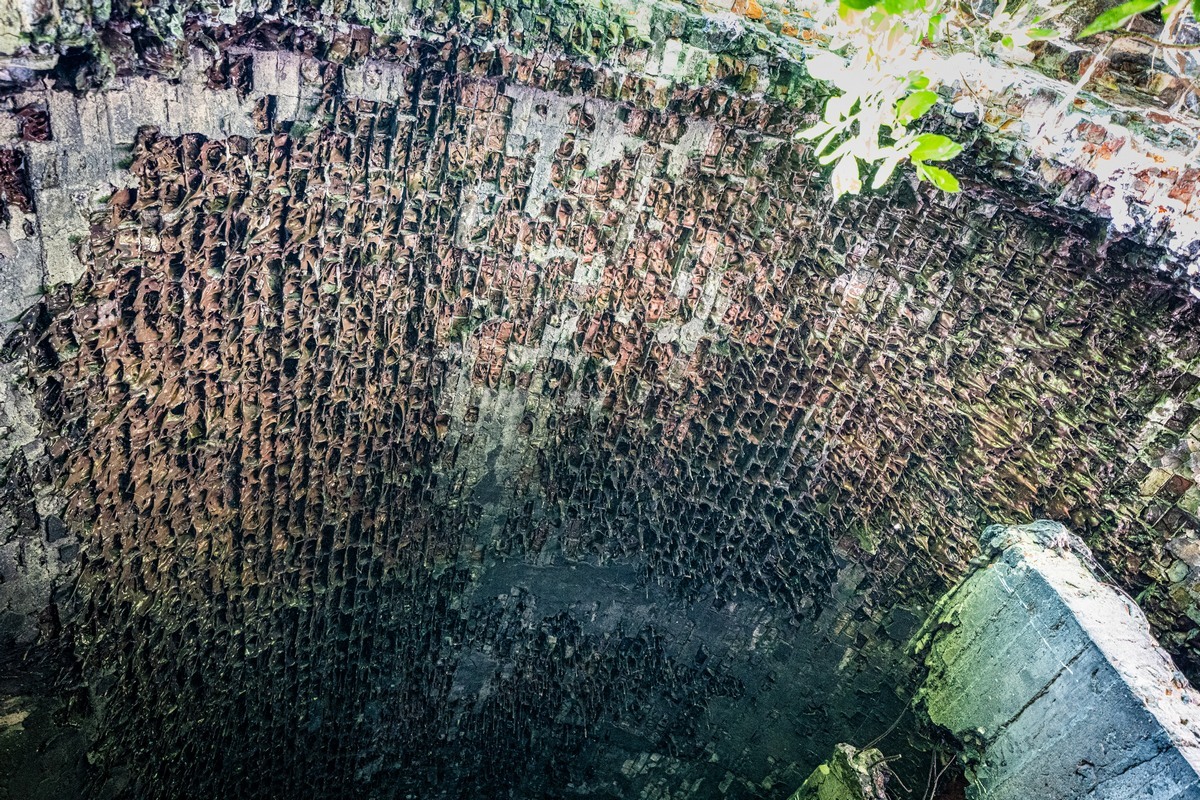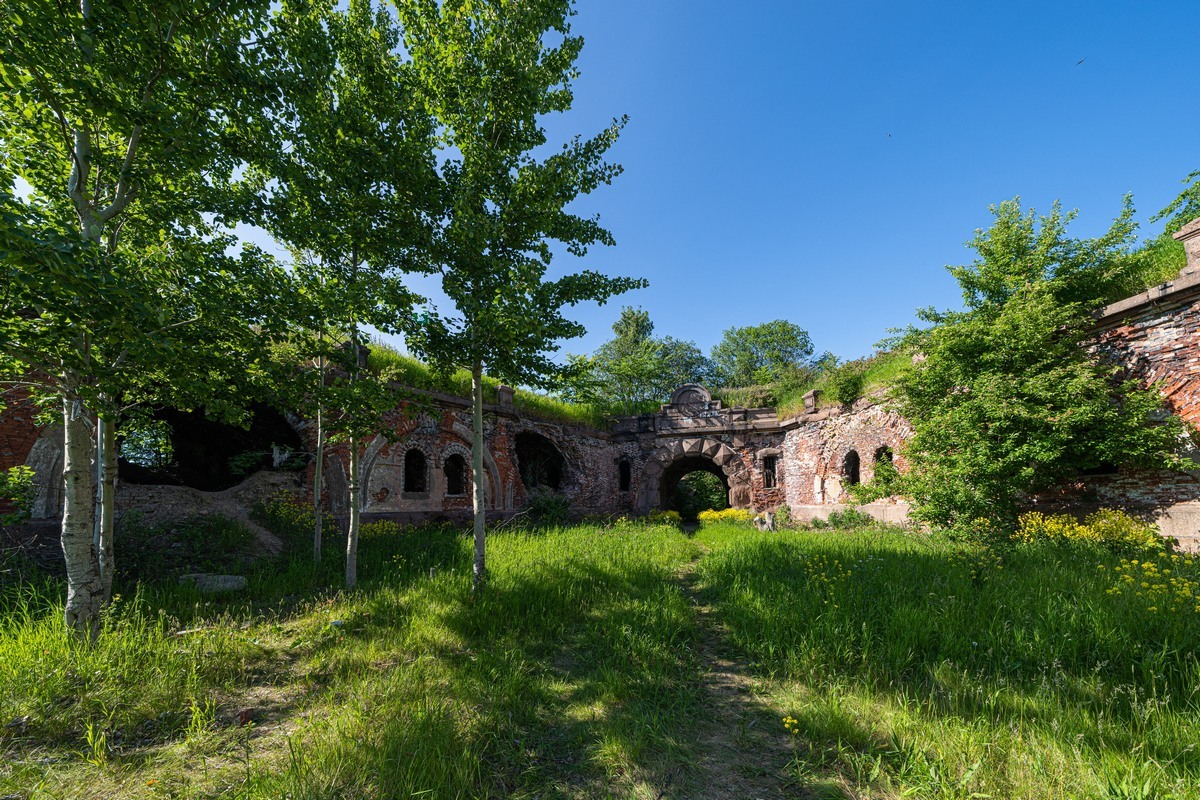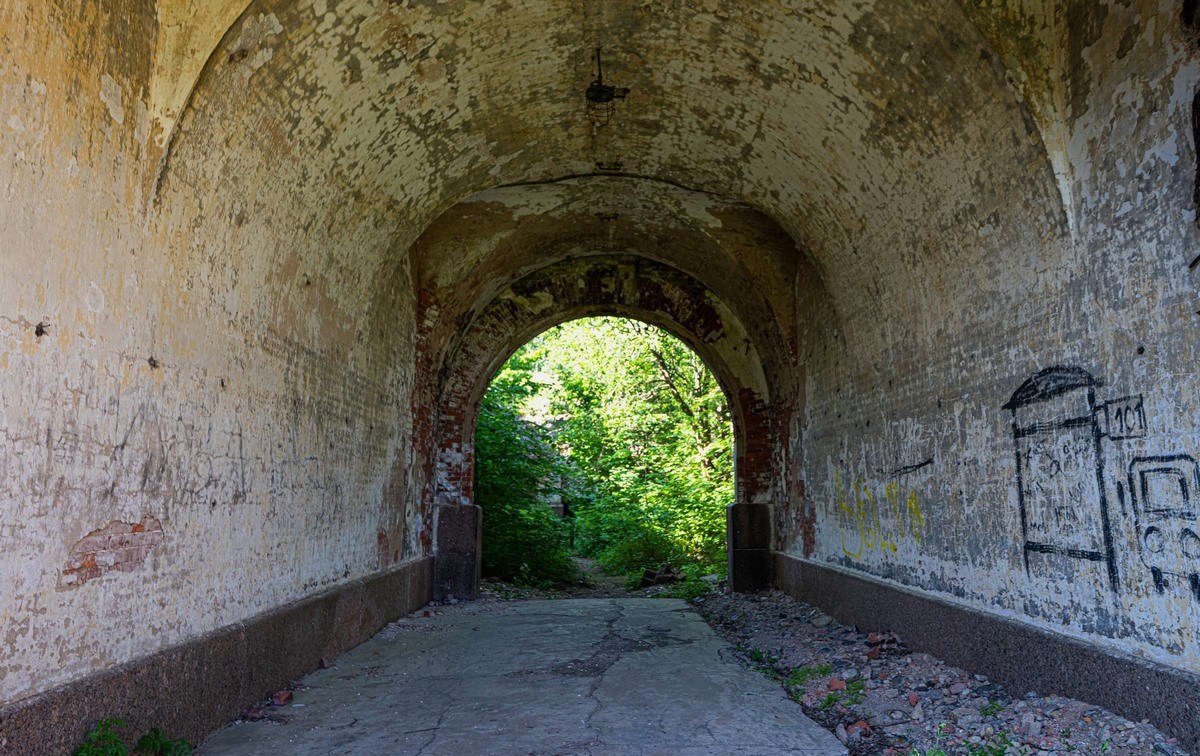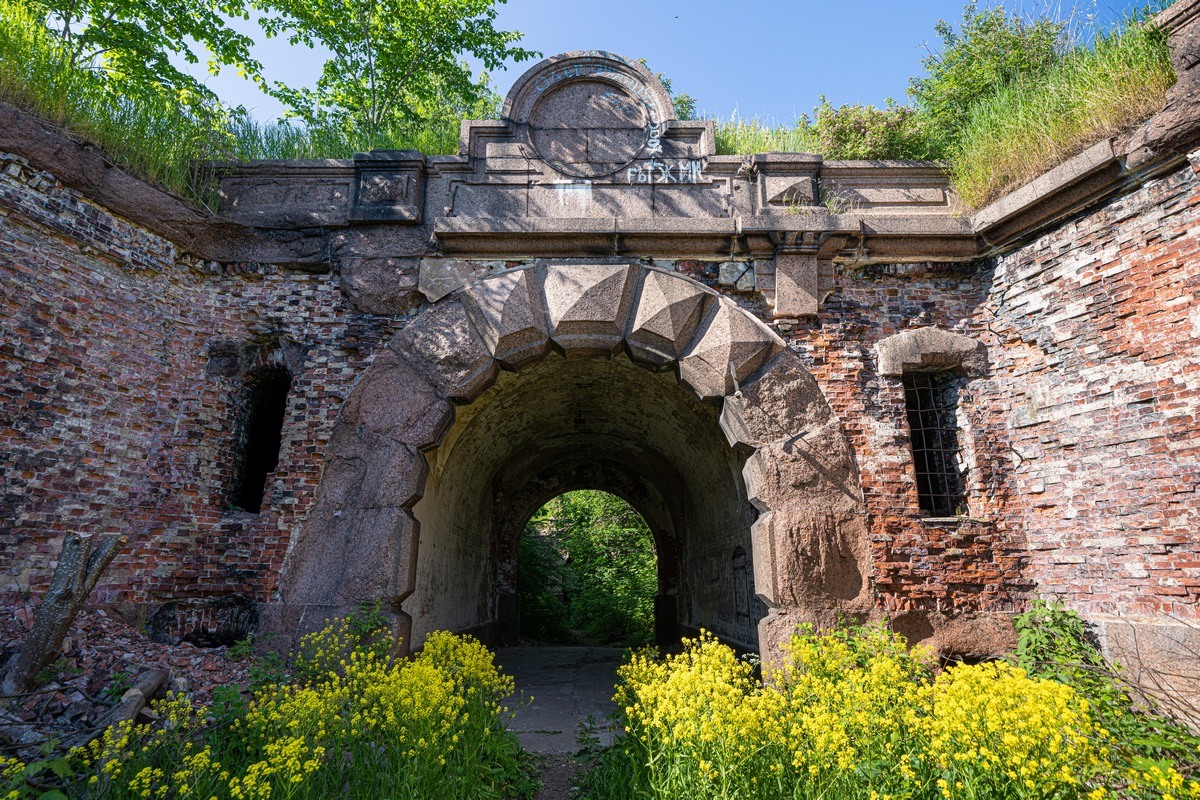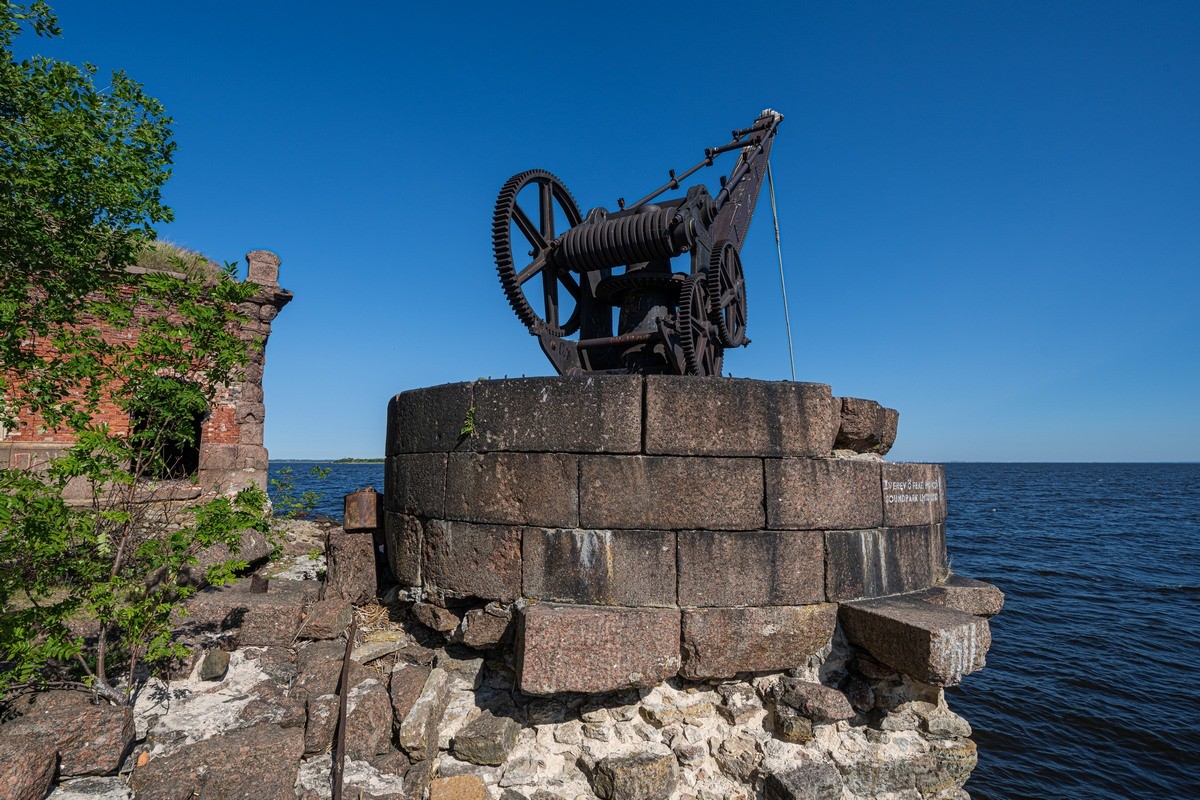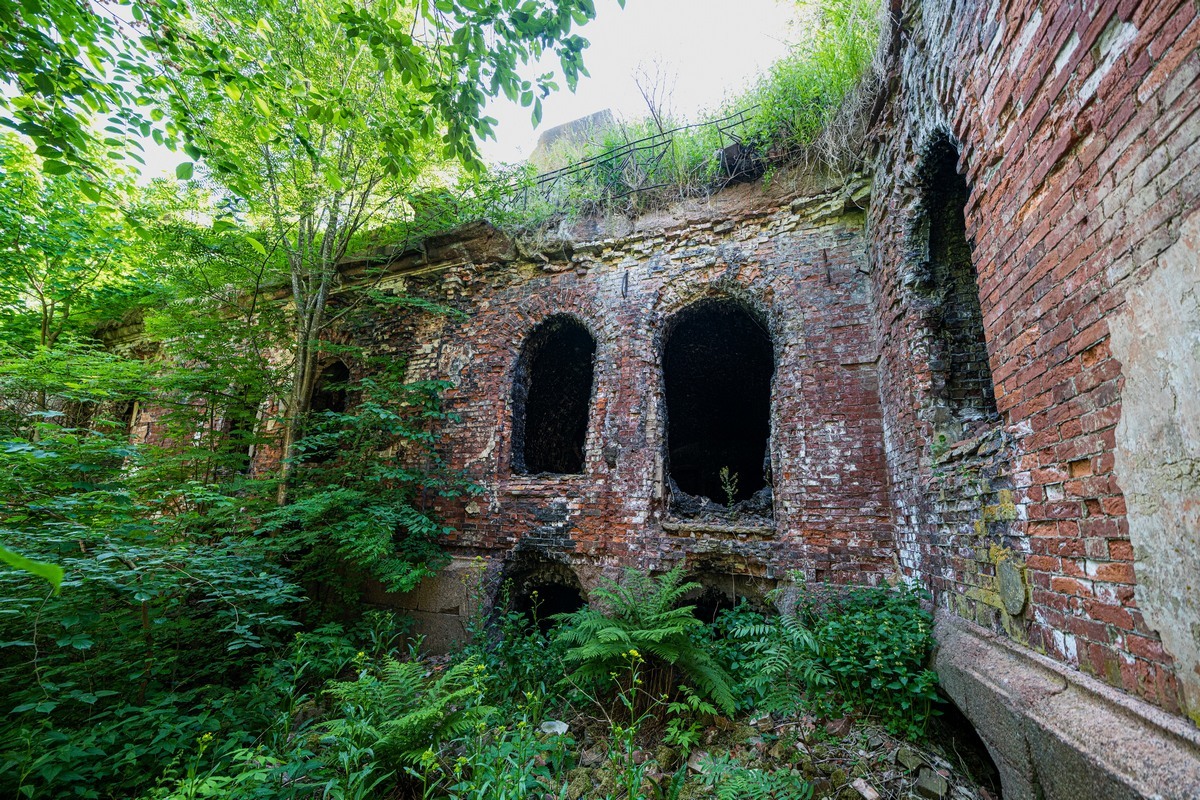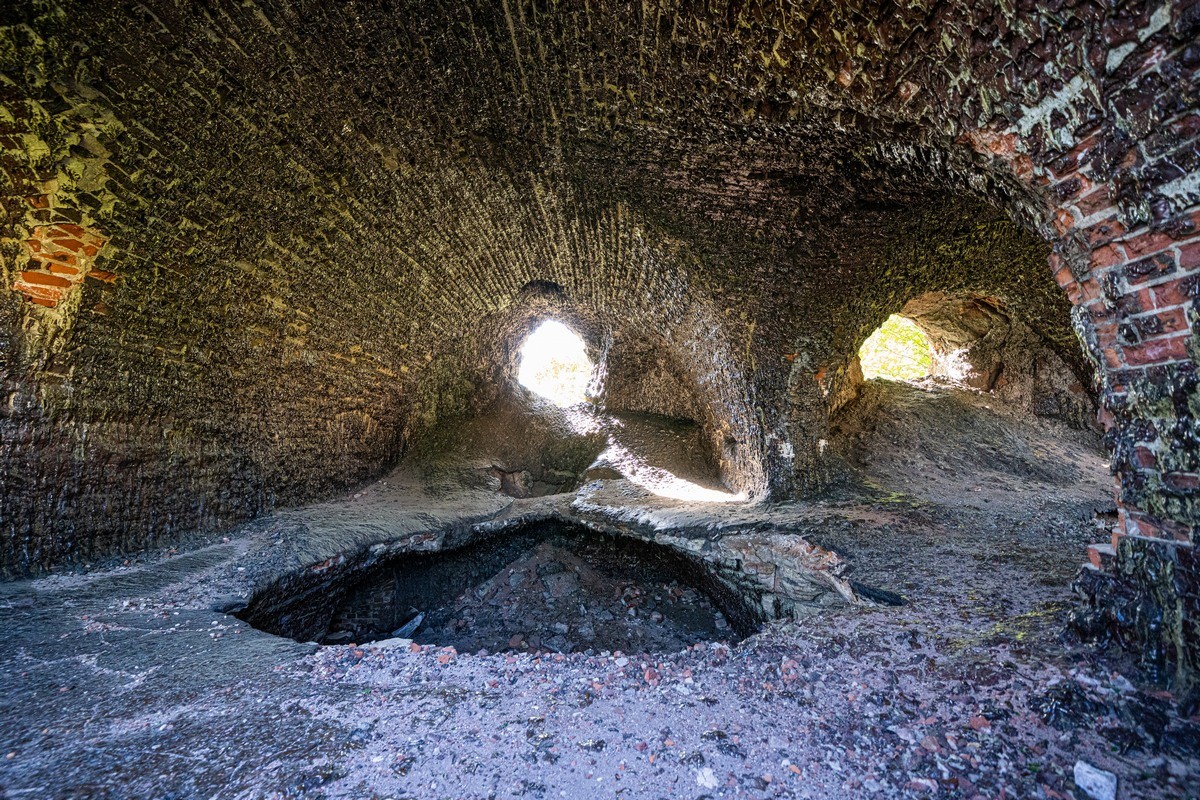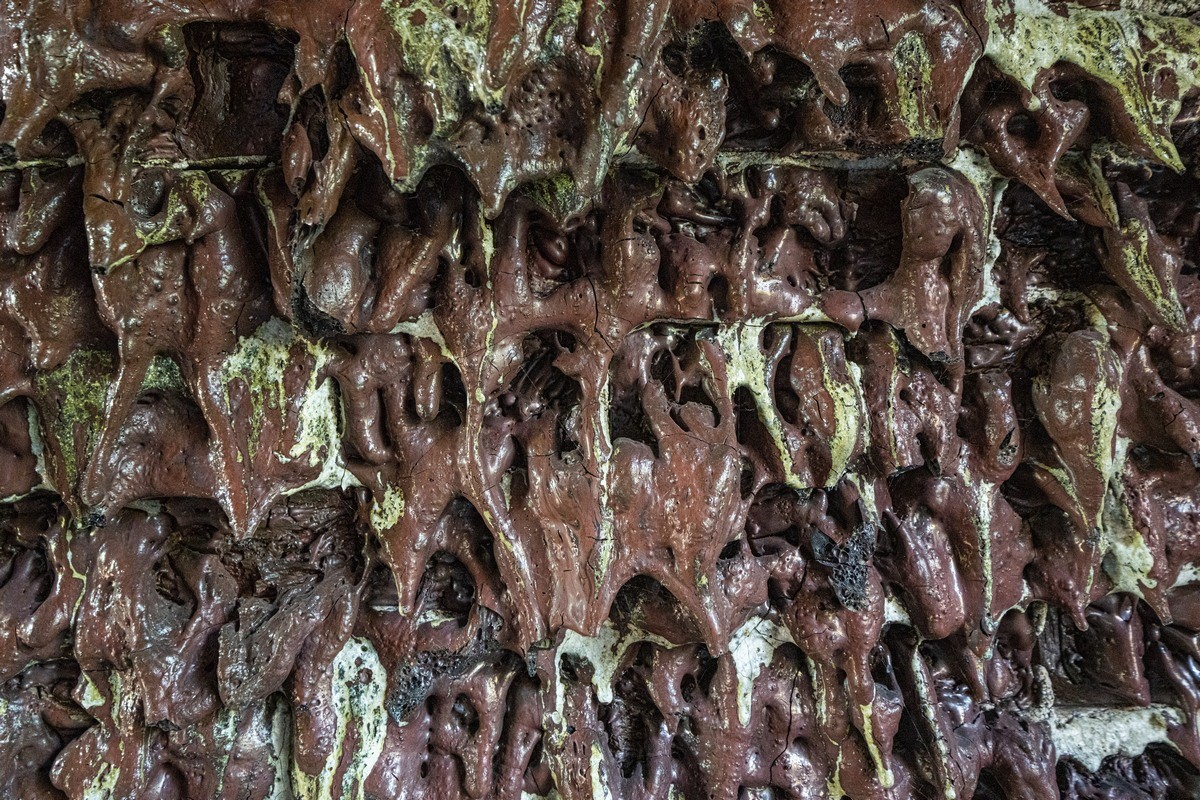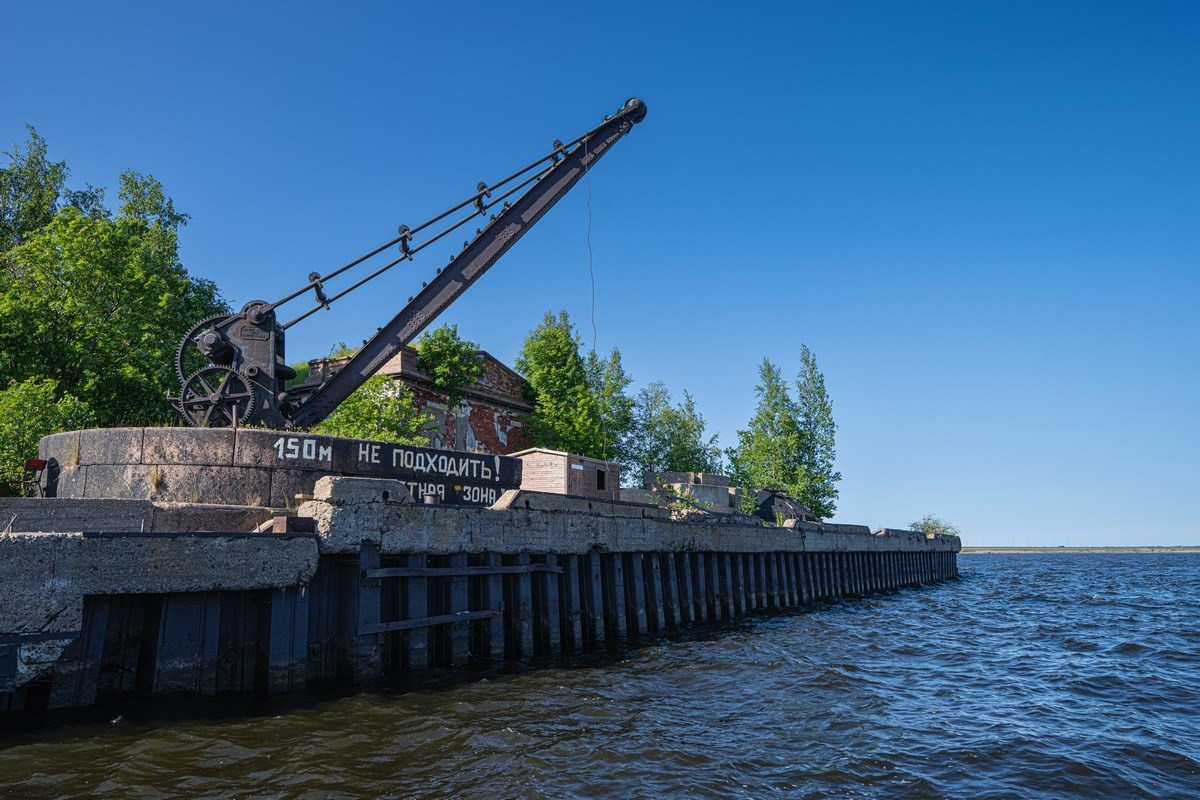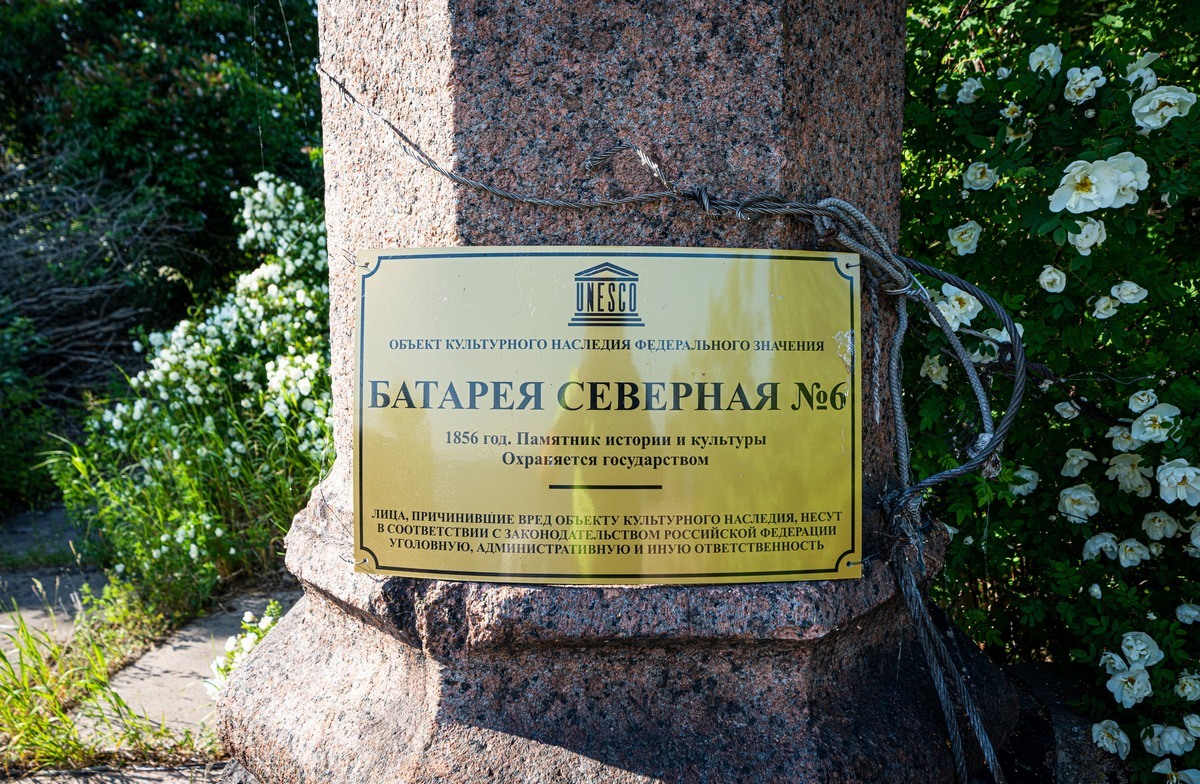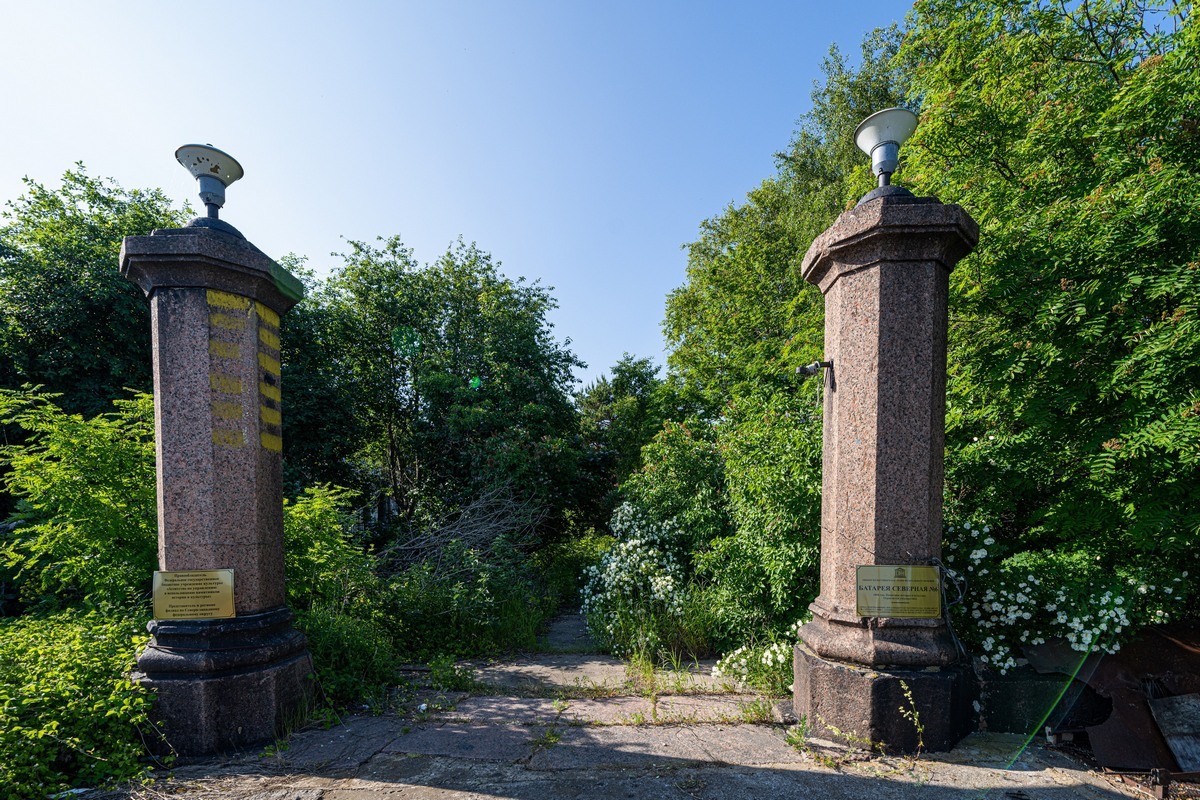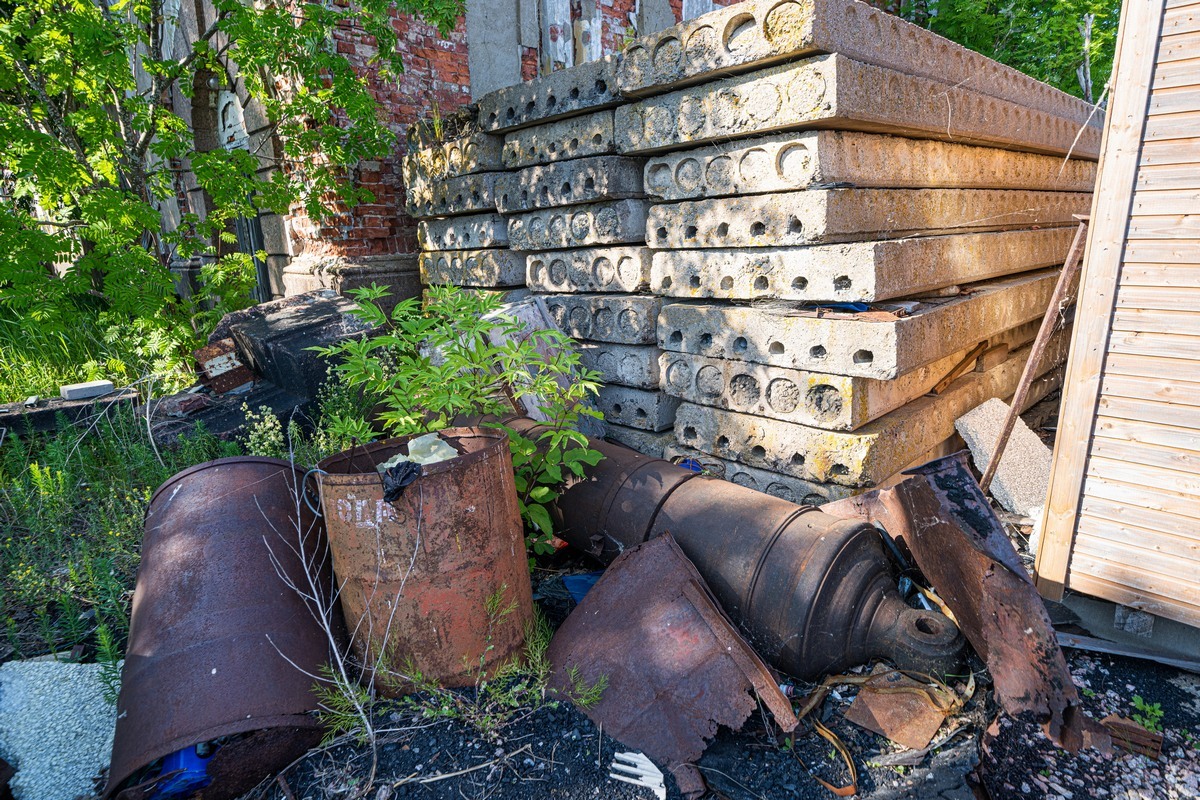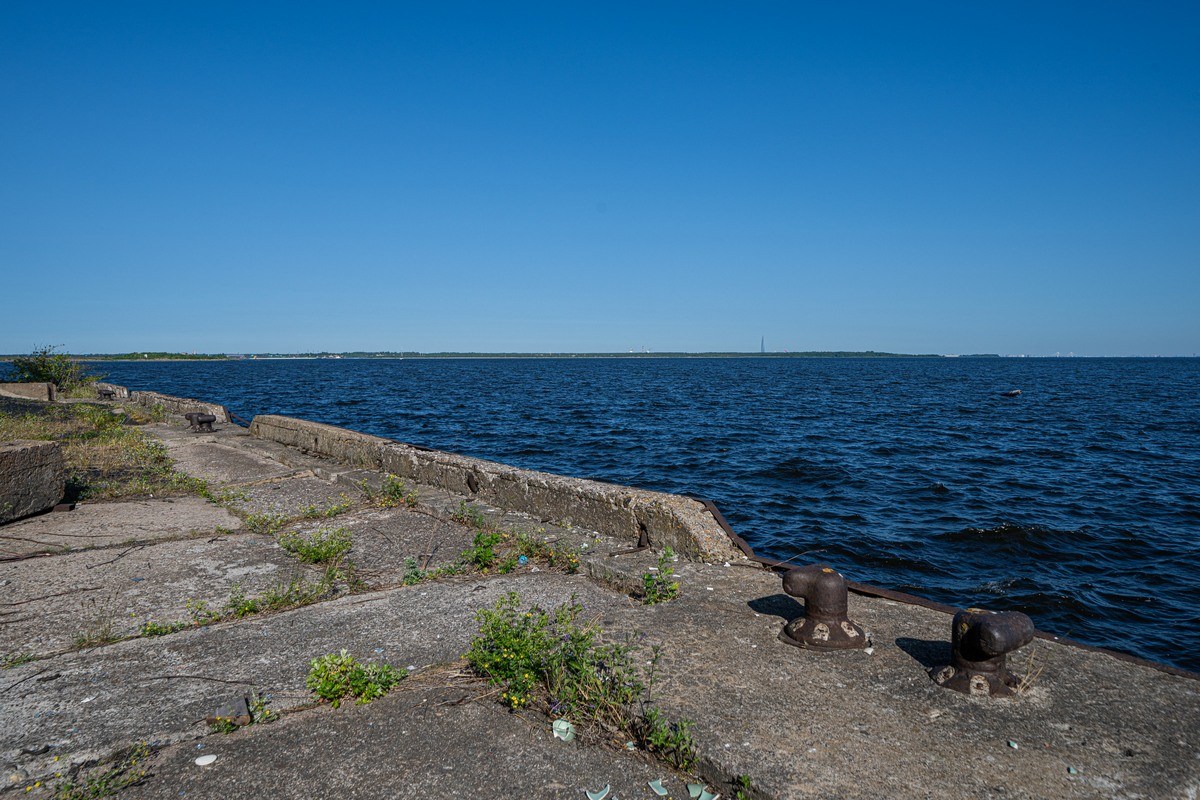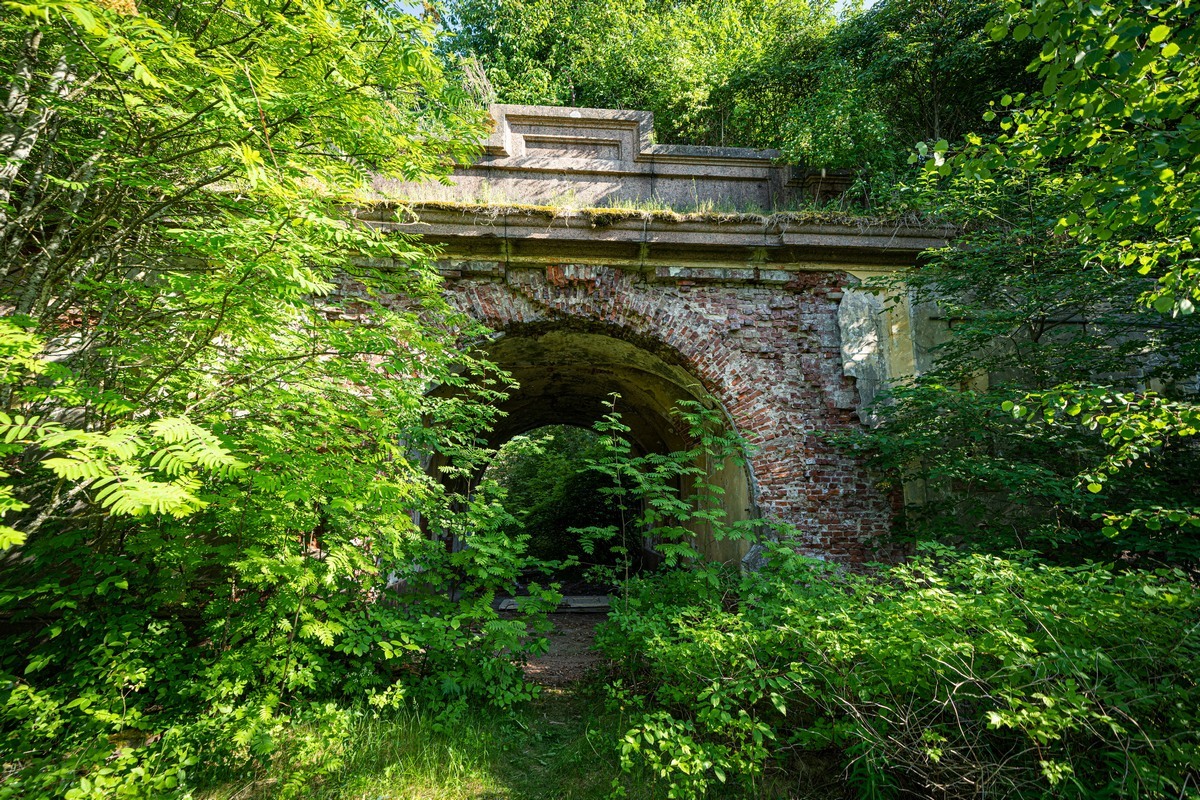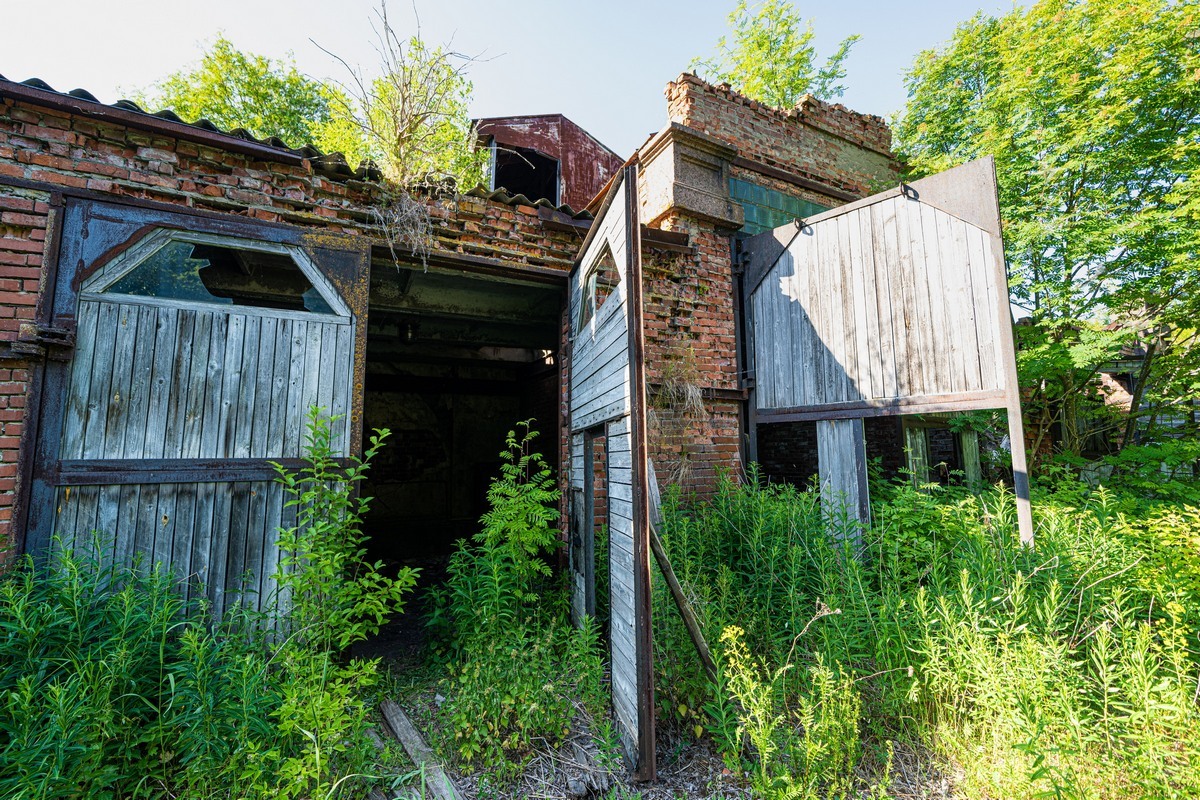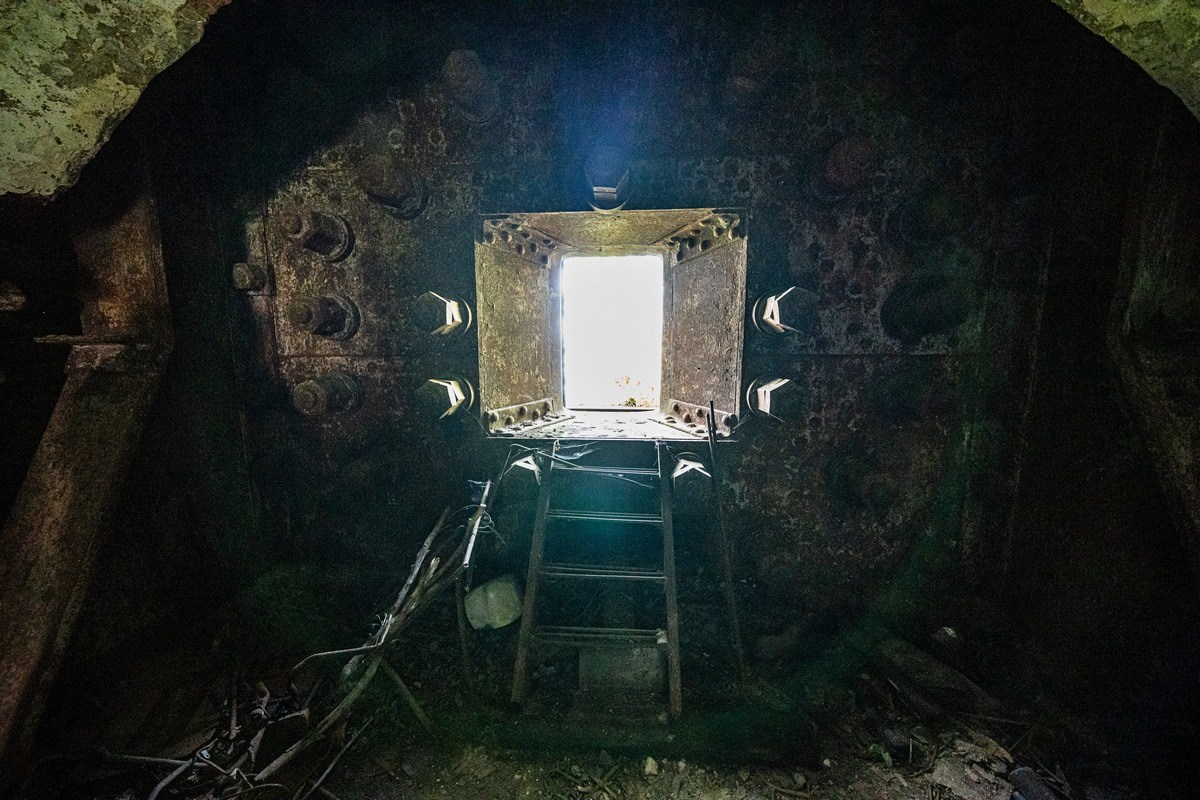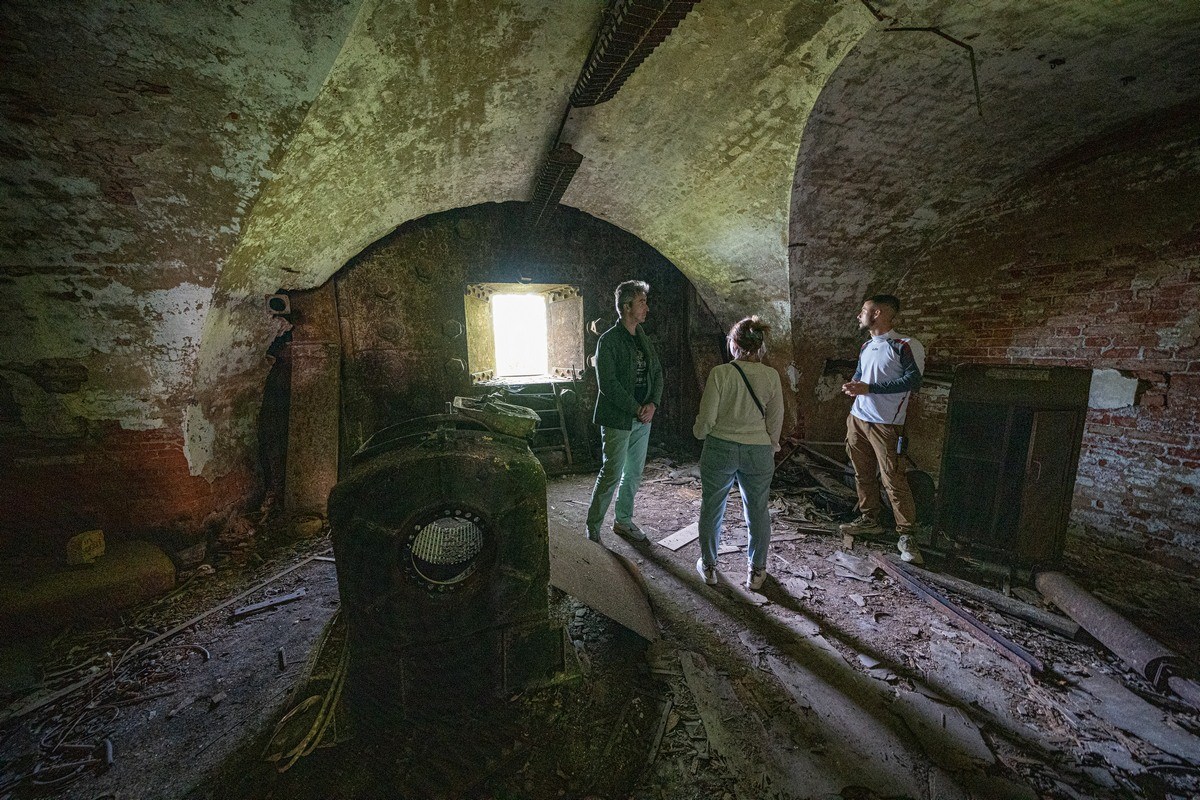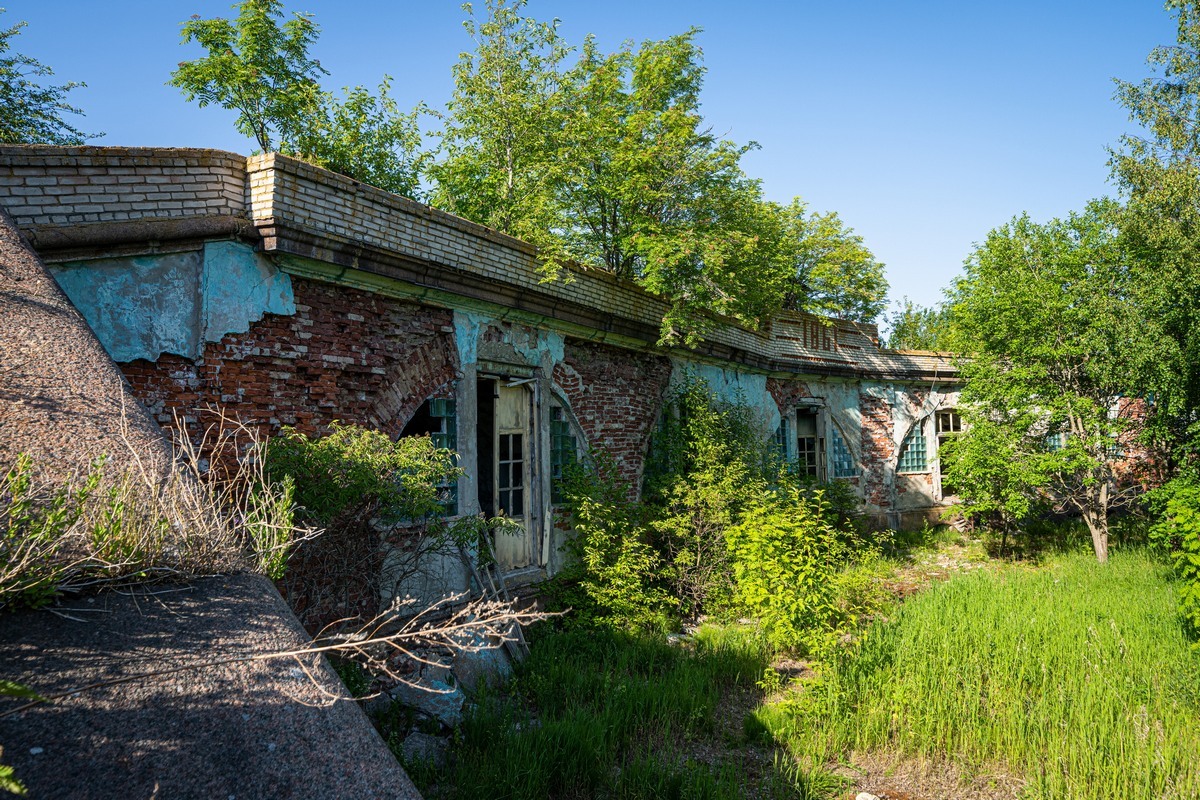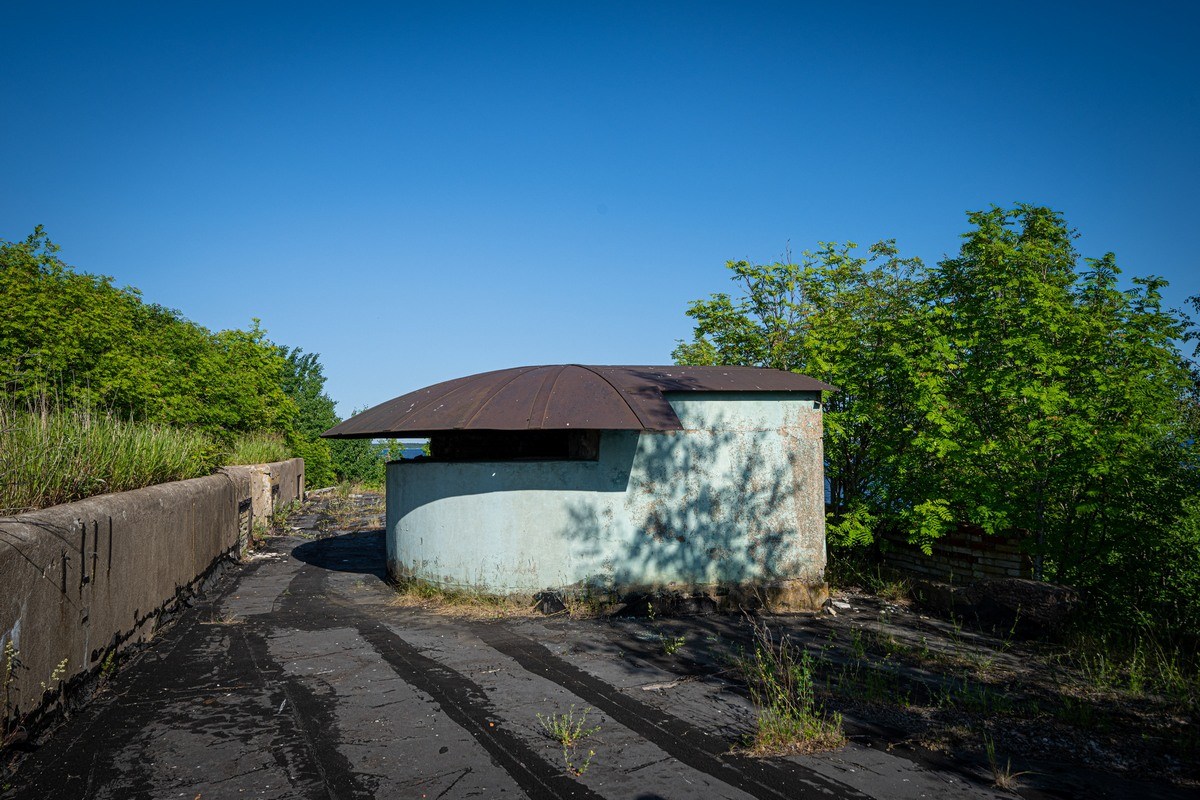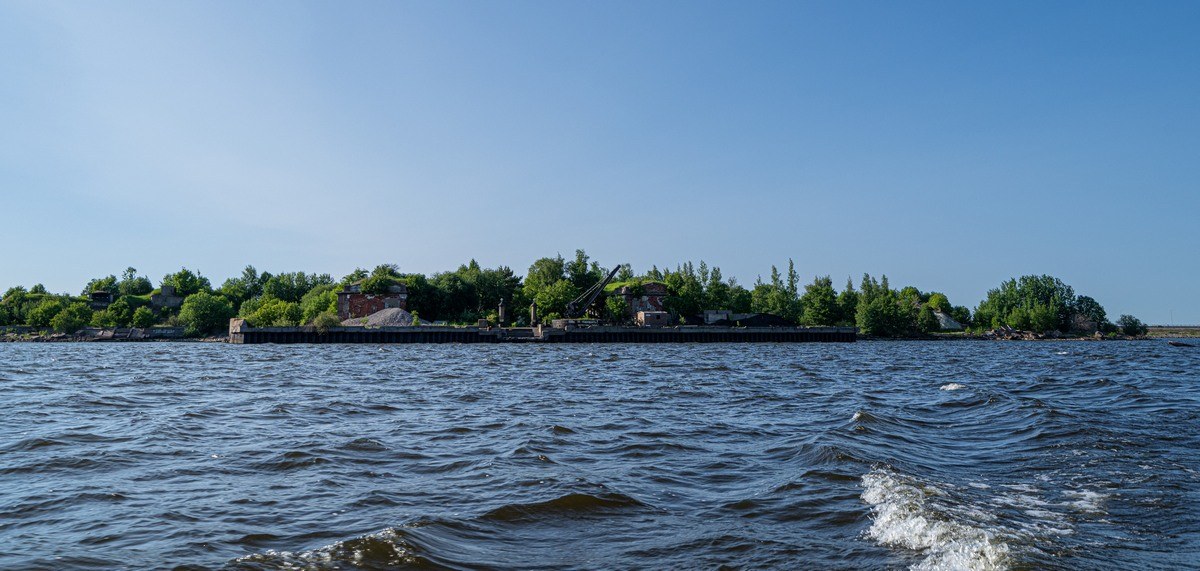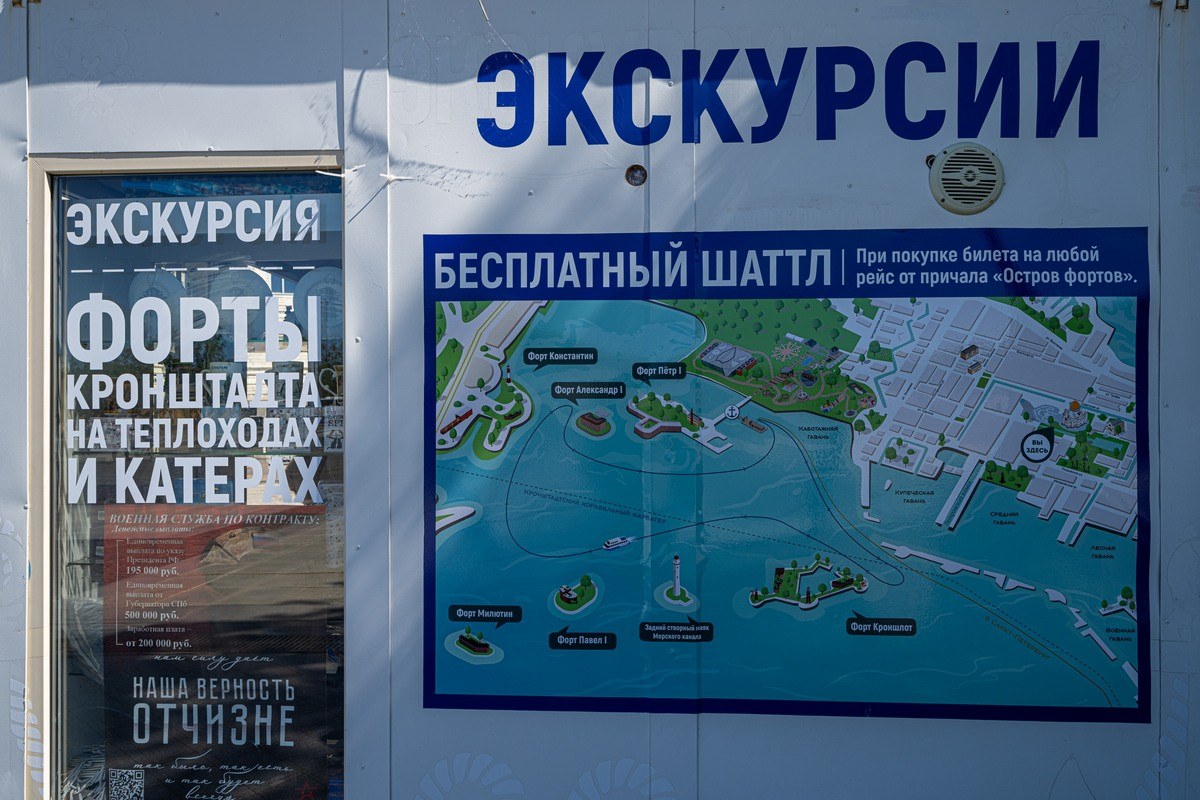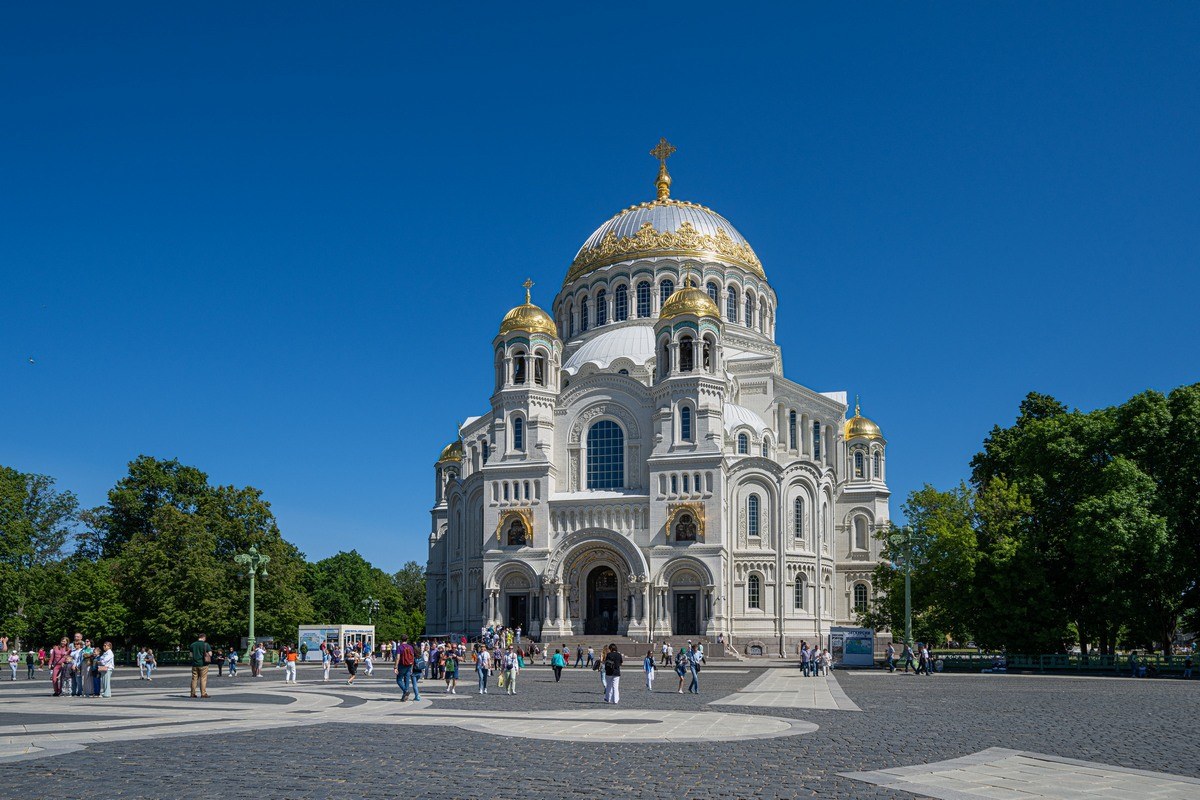July 6, 2023
The Kronstadt fort portfolio.
Still sticking around St. Petersburg, we saw it was time for a scene change. So we chose the forts of Kronstadt, since – to my shame – I’d never been and didn’t even know much about them, including their history. Thus, it was time for some Kronstadt forts history catch-up…
Kronstadt is a port city on the tiny Kotlin Island in Neva Bay in the Gulf of Finland some 30 kilometers west of St. Petersburg – here. But the name Kronstadt is also given to the collection of historic forts in Neva Bay, including the few in Kronstadt. Most of the forts were constructed in the early to mid-1700s, and there were 22 at one point (some were later demolished). The first forts appeared during the Great Northern War. The reason why they were built was simple: to protect the northern capital from enemy navies.
I mentioned some were demolished; alas – others were simply abandoned and left to decay, not before they were looted. Today plenty of ruins remain – in among the shrubbery and trees that have grown up in the intervening centuries. But “ruins” doesn’t mean uninteresting; quite the contrary in fact. Accordingly, off we popped toward the forts of Kronstadt…
You can take a guided boat-tour of the forts, but we were interested in something more unusual – not the regular, well-worn routes for the obedient tourist. We started with Severny Port (Northern Port) No. 3 – here.
Though there’s a fence right the way around the fort, it’s old and has been breached plenty, with well-worn dirt tracks running through it in places; so in we went…
There are some buildings here – but they’re in ruins and not the most interesting. They were probably looted in the last century too…
So we climb back into the boat and head to Northern Fort No. 4, aka Fort Zverev. And brutal it looks too…
An old crane is still intact:
Inside: an aesthetic of desolation and decay. Such a shame. If they’d repair and restore everything it’d all look great!
Under this arch there’s a strange dripping effect on the ceiling…
And clearly there was a serious fire here ->
So serious was the fire it melted the bricks! ->
But – bricks melt at between 1000 and 1400°С. Wow – those were some seriously hot flames!…
Actually, there’s an interesting tale about those flames melting the bricks, as told by our guide…
At one time, ships sailing east toward St. Petersburg weren’t allowed to have in their hulls oil, petroleum or other fuel and lubricants – out of safety concerns. Accordingly, ships would pour off any such prohibited inflammables into the basements of the forts before proceeding on toward St. Petersburg port. But… what happens to inflammable liquids eventually if left unattended and unguarded long enough? Yep – they catch alight. Legend has it that some kids up to no-good decided it would be fun to see what happens if they floated a raft with… a campfire upon it across the surface of the “black stuff”. Luckily for them – the thick oil didn’t explode or anything; instead it burned ever so slowly – for two weeks!
“But… the firing point for oil is around 350°С,” the more informed and erudite among you may retort. Sure – that’s the case normally; but there’s the phenomenon known as a firestorm, and it’s one of those that occurred here – seeing temperatures around 2000°С!
They don’t build ’em like this anymore! ->
Gotta love granite: where it hasn’t been hacked away at for some reason – as good as new! ->
Surely this crane would normally have rusted away? I don’t see any rust; do you?! Must have been a special ingredient in the iron… ->
Round the corner – more fire(storm) damage ->
More melted bricks:
Eerie. I reckon the gates of hell looks something like this:
Check out the melted bricks close-up! ->
…Enough to make one nauseous!
We leave Fort No. 4. Next up, logically, Fort No. 5 – but it looked fairly uninteresting so we passed it by. Next up, Fort No. 6…
~”Don’t come closer than 150 meters to the crane.” Eh. Why not? What’s the danger? What’s the penalty? A mystery…
Sadly, everything that wasn’t screwed down was long ago looted from the fort. All the same, it’s a UNESCO Cultural Heritage Site. The sign states anyone harming the site will be prosecuted. Bit late for that (…
Back to the crane… It transpires that even it was stripped of its parts (the smaller ones), which were probably then melted down and sold as scrap. In a word: scumbags. Excuse the severity of my expression, but this simply riles me…
To the right of the above grand old gateway columns – debris of assorted kinds, and in among it – an original canon from centuries ago, just lying there! What the actual flip? How? Why? (…
The quay also abandoned and forgotten. Depressing…
Inside the fort’s buildings – just as depressing:
Reminiscent of the movie STALKER:
Another, almost hidden archway into a building…
The entrance looks nothing special, but through there once stood an artillery battery ->
Stripped of the artillery itself, there remains the armored protection. I reckon those monster bolts simply wouldn’t loosen; imagine the spanner you’d need! ->
Such a small room – imagine how loud the bangs would get in here?! ->
You can walk along the roof of the artillery battery of the fort:
I’ve forgotten what it’s called, but this is a contraption that was used for calculating distances to targets:
Clearly the thing saw some serious action:
So, yes – a most interesting facility. Just a shame it’s in such bad shape (…
In closing, if only to end this post on a jollier note, a few pics from Kronstadt. It’s from here where boat excursions around the various ports start and finish (but whether they feature stops for walkies I don’t know)…
The Kronstadt Naval Cathedral:
They say it, too, until its recent restoration, was in a sorry state. Well I just hope the idea of bringing heritage back to life spreads to the forts as well. Inside – oh my grandiose-gorgeous! ->
Hard to believe the cathedral was converted into a… cinema in the ’20s (later – an officers’ club, later still – into a museum)!
The rest of the pics from St. Petersburg are here.



